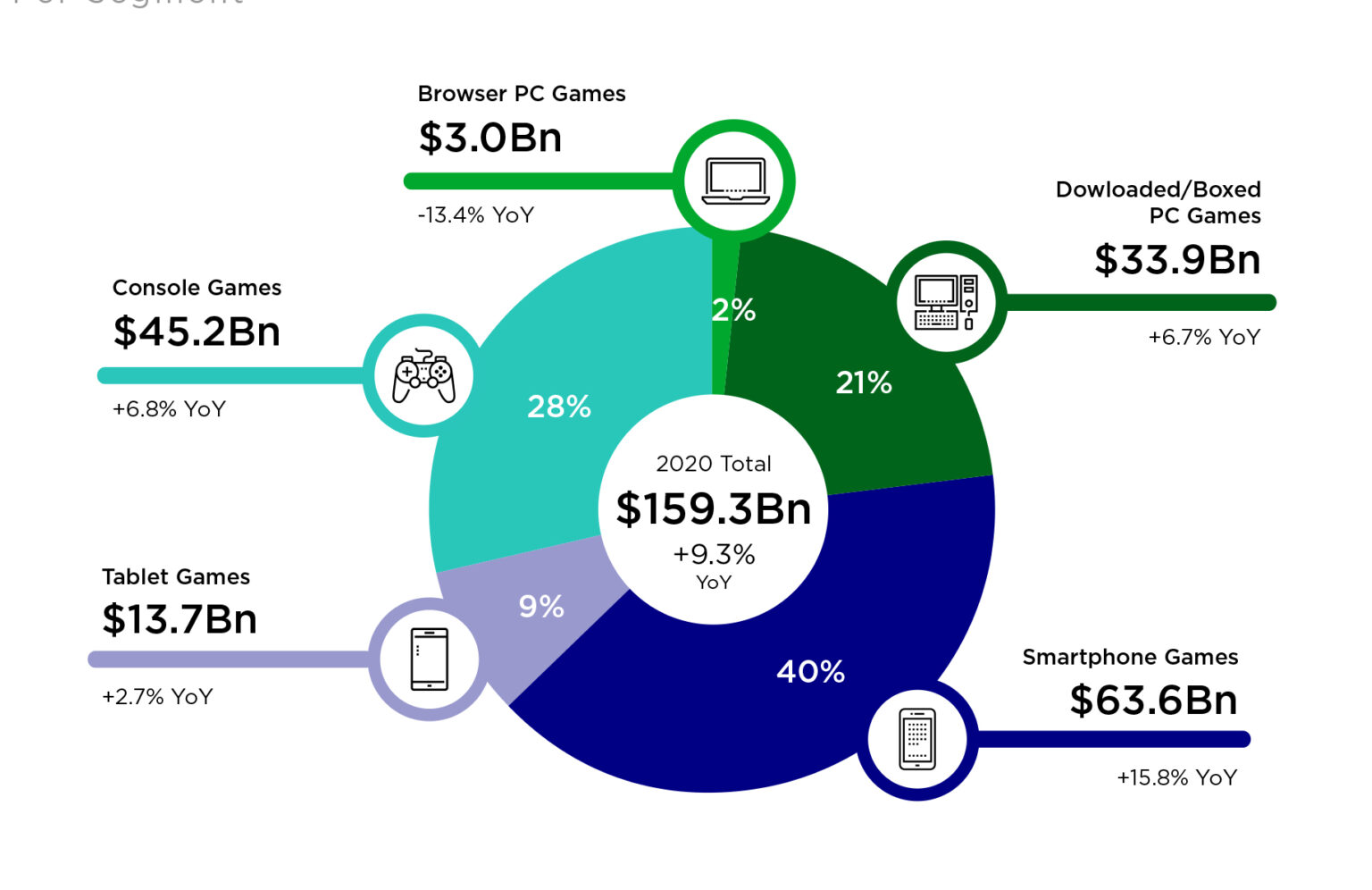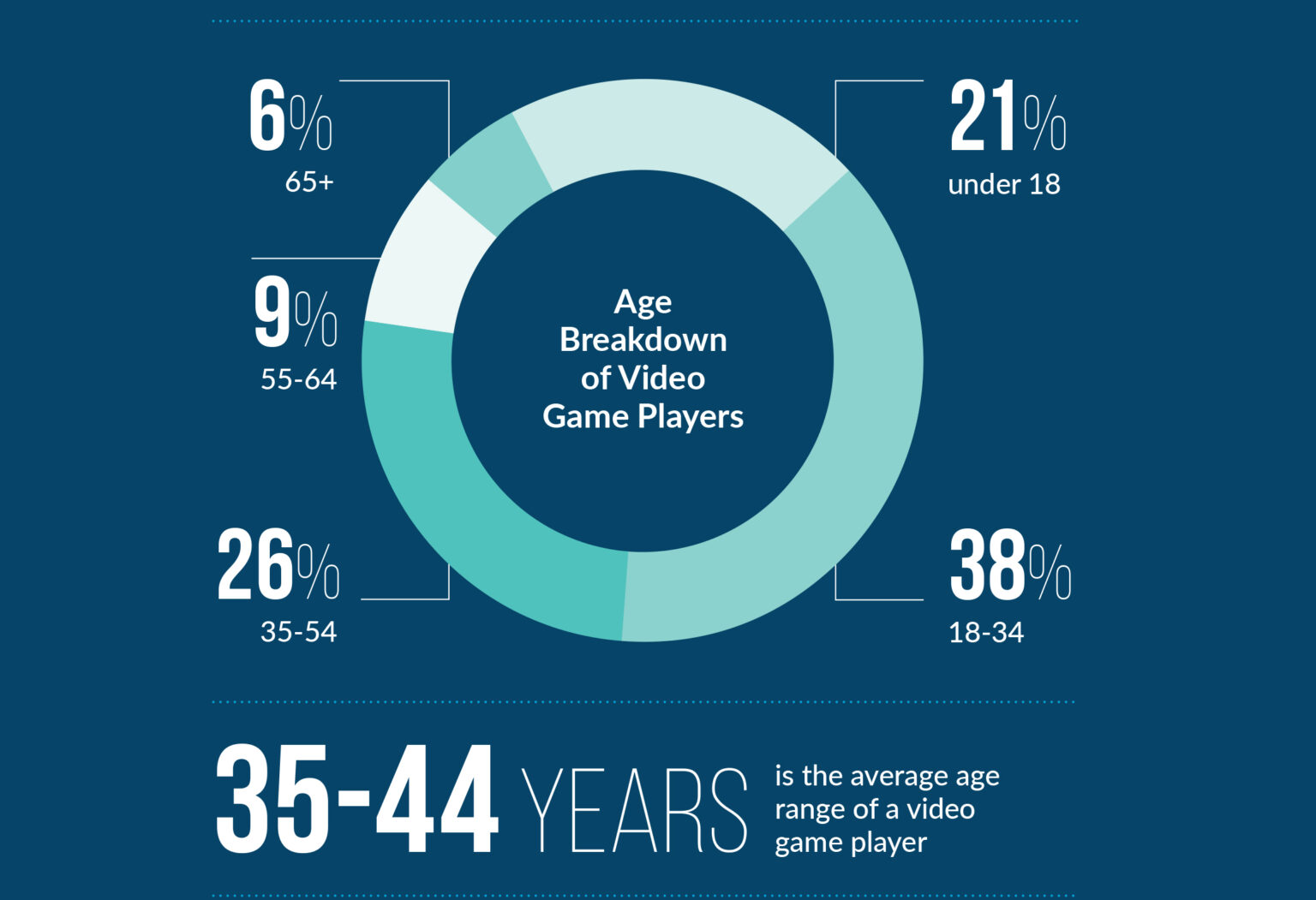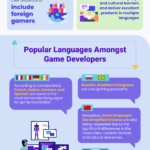In recent years, the gaming industry has been characterized both by a huge increase and by consistent disruptions. Gaming enthusiasts have experienced it all: from increasing digital sales of esports and games to free-to-play revenue model adoption, cloud gaming platforms, and live streaming.
Also, the COVID-19 pandemic crisis has shaped last year in unforeseeable ways, and the gaming marketers have had to prove their creativity and adaptability by reshaping and adjusting their overall strategy to the new market situation. As 2021 came with new challenges and expectations, they must design and implement the best methods to create buzz around their apps. According to Newzoo’s market report, the global video game market generated revenues of $159.3 billion in 2020, with over a 9.3% increase YoY. Also, the number of gamers will keep growing, reaching $200.8 billion by the end of 2023.

In this post, we cover the most important marketing trends that will continue to shape the mobile gaming industry in 2021.
1. Video Game Advertising
The total worldwide smartphone gaming revenue was $82.6 billion at the end of 2019, while in-game ads contributed to 17% of that revenue. And, as that number is expected to triple by the end of 2024, it’s safe to say in-game ads are one of the top gaming industry trends.
41% of mobile gamers are more likely to pay attention to ads placed in mobile games than online (17%), print magazines (15%), or outdoor advertising (15%). This way you have a great opportunity to send your message directly to your audience and to engage users that might be interested to try your app.
There are different types of in-game ads.
- Video ads: like your landing page and ASO, videos make sense as mobile gaming ads. Your product has been designed to be visually appealing, so it’s perfectly normal to take the advantage of it.
- Playable ads: voted as the most effective in-app ad format by U.S. professionals, they are a great way to drive installs for mobile games. This try-before-you-buy approach lets the prospects play a section of your game and have a clear expectation before they install, lowering the churn rate.
- Rewarded video ads: This is a gamification ad format where users can choose to view your ad and receive in-game rewards for their time. For example, a user can be rewarded in-game currency for watching a 30-second ad. Rewarded videos are considered by the Video ad network Unity Ads to be the “hottest revenue generator” on the market, and studies show that for the gaming industry biz, this is a smart way to attract users.
2. Gamer Demographics
The traditional stereotype of a teenage male gamer is no longer the case in 2021. In fact, 45% of American gamers are women. Additionally, 35-44 years is the average age range of game players.

Hyper-casual games are a significant factor in broadening gamer demographics. They are designed to be simple to play, engaging, and addicting. The minimalistic UI attracts gamers from all demographics. Hyper-casual games will continue to assert themselves in the coming years, drawing wide appeal from gamers. Gaming companies will look to the success of hyper-casual games as they look to develop new games in 2021.
3. Growth of streaming in the Gaming Industry
As viewers state they emotionally invest in streamers who actively build authentic communities, streaming has become an important marketing strategy for companies in recent years. The gaming influencers have an almost celebrity-like status, gaining popularity on various platforms like YouTube and Twitch.
Because they have the ability and ease to start and entail in live conversations with their fans, streamers generate extremely high audience engagement. Marketers are looking to collaborate with them to move their brands forward. By partnering with a streamer, you tap into a loyal fanbase that can drive up your brand awareness and increase revenues.
4. Free-to-Play Model
The free-to-play model is hugely popular with gamers in the US, with an estimated 67 million users. This type of model allows gamers to play the core of the game for free. Game developers offer gamers an option to pay for in-game incentives, such as no ads, in-game currency, and other beneficial game features. Marketers should understand what gamer behavior indicators they’re measuring to then augment that data into their marketing efforts, which in turn will help them reach the audiences who are likely to spend.
Being here to stay, this model will only grow in popularity with technological advances in 5G and augmented reality.
5. Using social media to build the gaming community
Social media is an excellent promotion channel for the games industry, allowing you to connect with your audience and build an engaged community. As the average user spends about 136 minutes on social networks, it is essential to make sure that your game is present where players spend most of their time.
This way, you create interest and emotion, while improving the user experience with a social element. For example, Angry Birds’ official Facebook page hosts different contests and shares advertising materials with their users, so they can connect with the brand.
SandVox is a premium translation and localization agency that helps gaming companies market their products to an international audience. We have a team of professional marketers and linguists who understand the latest gaming industry trends, ensuring you meet your communication goals.
Contact us today! We’d love to be part of your next project!






